Miniature 'Hobbit' Humans Had Even Smaller Ancestors
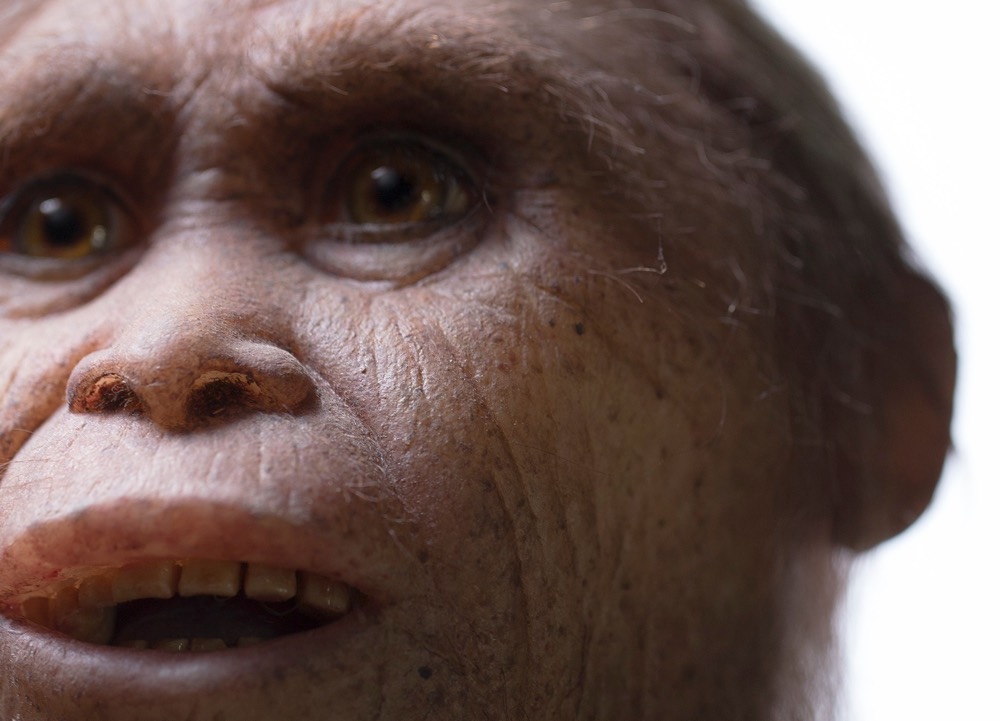
Ancestors of the mysterious extinct human lineage nicknamed "hobbits" may have been discovered, a new study finds.
The newfound individuals may have been even littler than the hobbits, and date much further back in time (from some 700,000 years ago), scientists added. This suggests these ancestors may have shrunk rapidly after reaching the islands where the hobbits lived, the scientists said. Those islands include Flores, where the hobbit remains were originally found.
"These are priceless treasures that provide the first real insight into the evolutionary history of the mysterious 'hobbits' of Flores," said Adam Brumm, an archaeologist at Griffith University in Nathan, Australia, and co-lead author of one of two studies on the new finding published in the June 9 issue of the journal Nature.[See Images of Homo floresiensis, the Hobbit]
Finding hobbits
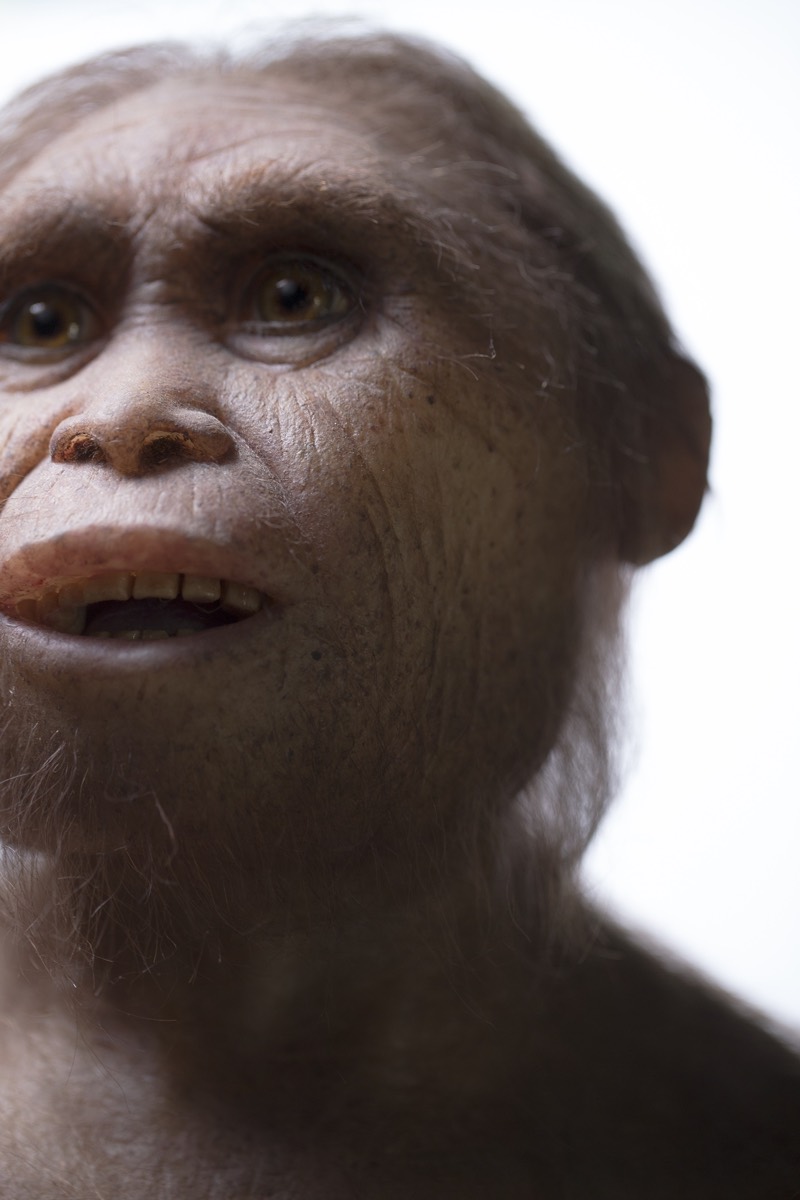
In 2003, scientists unearthed fossils in Liang Bua cave on the Indonesian island of Flores that belonged to an unknown hominin, a close relative of modern humans, that lived between 60,000 and 100,000 years ago. Scientists have suggested that this hominin was a unique branch of the human lineagenamed Homo floresiensis. Its diminutive 3-foot (1 meter) stature earned this hominin the nickname of the "hobbit," after the tiny folk in J.R.R. Tolkien's book of the same name.
Scientists have proposed that H. floresiensis evolved from a group of Homo erectus, an extinct human species that is the earliest undisputed ancestor of modern humans. Scientists also proposed that this population shrank in size either shortly before or after reaching Flores. Another possibility is that H. floresiensis evolved from even more primitive hominins with more ape-like skeletons and smaller brains, such as the extinct human species Homo habilis or even the prehuman Australopithecus species. Researchers have argued that if the hobbit did have such ancient origins, this would reveal that hominins left Africa much earlier than previously thought.
The new discovery — which includes seven fossils that date back a half-million years earlier than those of H. floresiensis — points to the H. erectus link, the researchers noted.
Before modern humans arrived
The new fossils were uncovered in 2014 at a site known as Mata Menge within the So'a Basin in central Flores, about 46 miles (74 kilometers) east-southeast of Liang Bua. The researchers have been conducting excavations in this region for more than 20 years. [See Images of the Mata Menge Excavation and Hobbit Ancestor]
Sign up for the Live Science daily newsletter now
Get the world’s most fascinating discoveries delivered straight to your inbox.
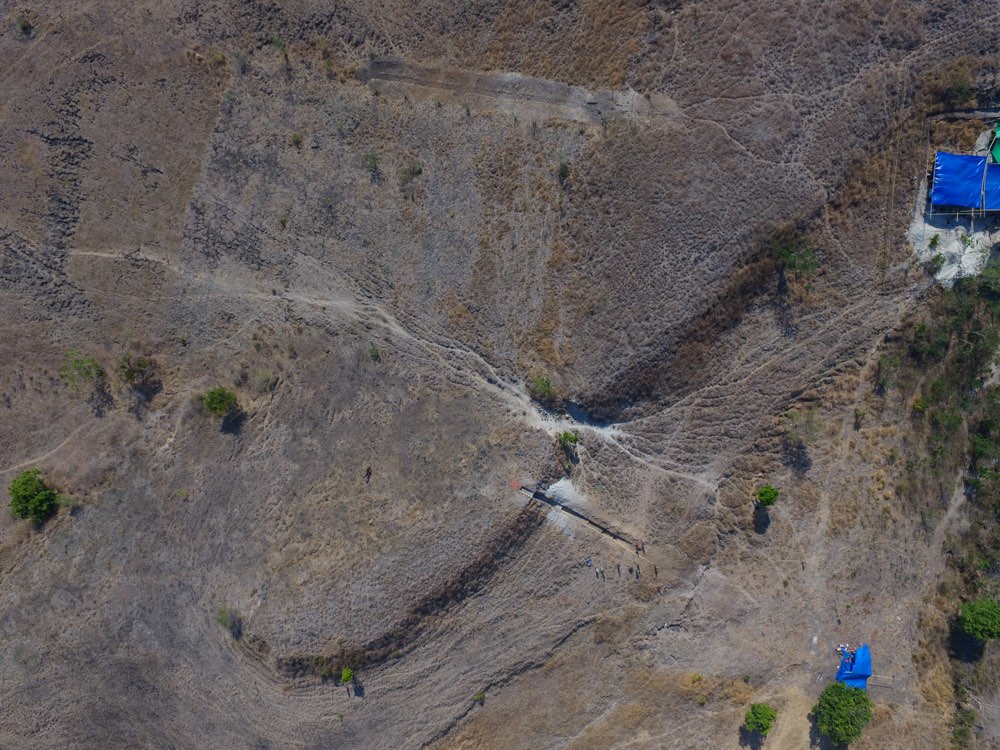
"The temperatures in the So'a Basin can be extremely hot and very humid," said Gerrit van den Bergh, a paleontologist and geologist at the University of Wollongong in Australia and co-lead author of both studies. "You take one step and you are soaked with sweat. To reach the site, it takes thousands of steps. Not much you can do about it, just bring enough water and try to slow down a bit compared to what you are used to."
The remains were unearthed from the bed of an ancient stream that was covered, sealed and preserved by an ancient volcanic mudflow. Analysis of the sandstone in which the specimens were found suggested that these hominins lived in hot, dry, savannah-like grasslands interspersed with wetlands.
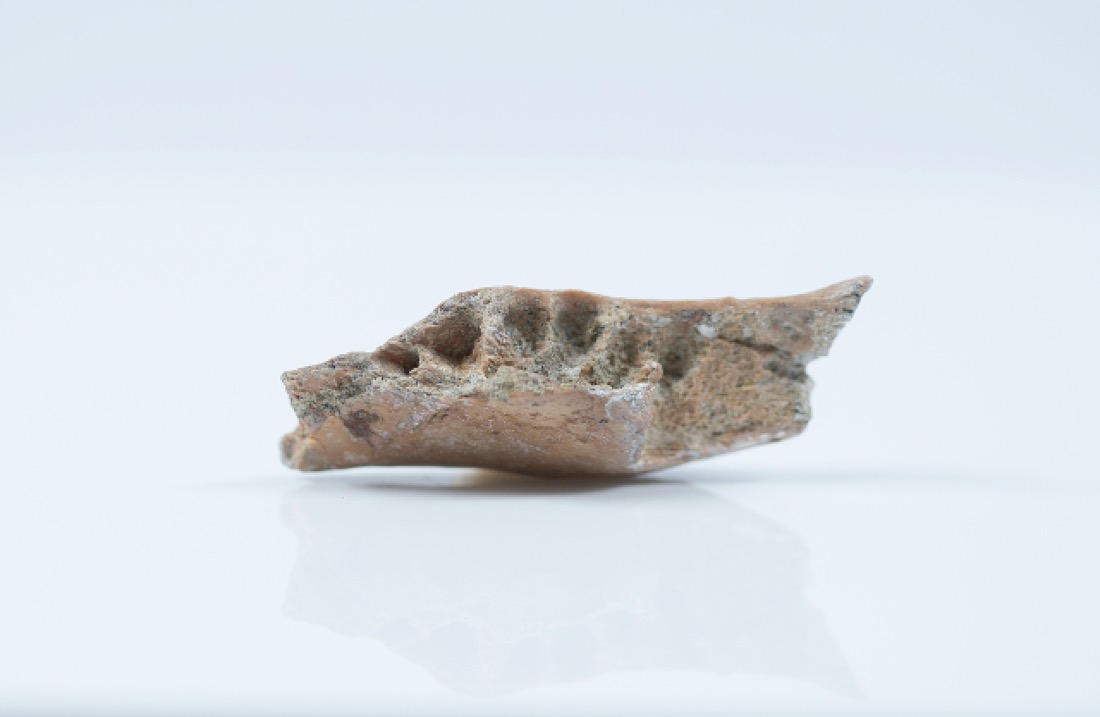
The fossils include an adult jaw fragment and six teeth from at least three individuals, including two tiny "milk teeth" from separate infants. The researchers found that these remains are at least 700,000 years old, dating to a time "when there were no modern humans on the planet," Yousuke Kaifu, a paleoanthropologist at Japan's National Museum of Nature and Science in Tokyo and co-lead author of one of the two studies, told Live Science. (Previous research has suggested that modern humans arose in Africa about 200,000 years ago.)
Island dwarfism
The researchers said the shape and age of the fossils suggest that these newfound hominins could be ancestors of H. floresiensis. "All the fossils are indisputably hominin, and they appear to be remarkably similar to those of Homo floresiensis," Kaifu said in a statement.
Intriguingly, the recently unearthed Mata Menge fossils are significantly smaller than the previously discovered Liang Bua remains. For instance, the Mata Menge jaw fragment, which came from the lower jaw of an adult, is 20 percent smaller than the smallest H. floresiensis lower jaw from Liang Bua.
"What is truly unexpected is that the size of the finds indicates that Homo floresiensis had already obtained its small size by at least 700,000 years ago," Kaifu said in the statement.
That these hobbits' ancestors were tiny suggests "the very small size that is characteristic of H. floresiensis may have evolved over a very short period of time," said Aida Gómez-Robles, a paleoanthropologist at George Washington University in Washington, D.C., who did not take part in this research.
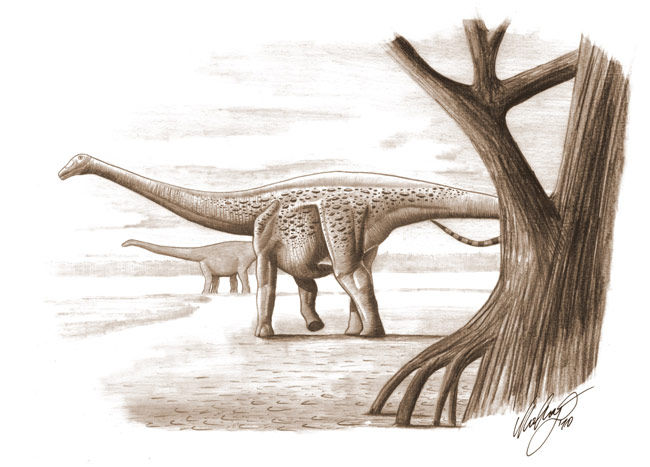
Radical changes in size are common when animals are trapped on islands. For instance, the extinct dog-size giant rats of East Timor are an example of island gigantism, while dwarf mammoths and dwarf dinosaurs are cases of island dwarfism.
"To date, Flores is the only island in the world where we have fossil evidence for a human lineage evolving in isolation and adapting to an insular environment over a period of almost 1 million years," van den Bergh told Live Science. "That is the main reason why Homo floresiensis is so different from any other human lineage from Africa, Europe or mainland Asia."
Separate hobbit species
Some researchers have argued that the Liang Bua hominins were not a distinct human species, but were in fact modern humans with a birth disorder or a debilitating illness. However, "it now appears the hobbit lineage was established on this remote Indonesian island at least hundreds of millennia before the evolution of our species in Africa," Brumm told Live Science. [Image Gallery: 3-Year-Old Human Ancestor Revealed]
"The finding and description of H. florensiensis more than 10 years ago was very surprising because it is such an unusual hominin species, which made some people reluctant to accept its validity," Gómez-Robles said. "The importance of the findings described in these new papers is that they demonstrate that the origin of H. floresiensis is very old, which confirms that this is a totally valid species with old evolutionary roots."
Alongside the Mata Menge fossils, the scientists found stone tools that were markedly similar to artifacts found with the Liang Bua hobbits. The researchers also noted that previous research unearthed stone tools on Flores that were at least 1 million years old, suggesting that hobbits and their ancestors lived on the island for at least that long.
The researchers noted these fossils are less ape-like than Australopithecus and H. habilis, suggesting that H. floresiensis is a dwarfed descendent of H. erectus, van den Bergh said.
"The Mata Menge fossils are intermediate in shape between Homo erectus and Homo floresiensis from Liang Bua," van den Bergh said.
It remains uncertain whether the ancestors of hobbits evolved miniature body proportions before or after they landed on Flores.
Future research will seek to uncover more hominin fossils from Mata Menge and from older sites nearby in the So'a Basin, which are about 1 million years old, the researchers said. Such work could help solve the mystery of the lineage to which the Mata Menge fossils belongs.
"We want to see other skeletal parts to know more about these 700,000-years-old hobbit-like hominins," Kaifu told Live Science.
"We would also like to know more about how these creatures survived for almost a million years on a potentially dangerous island, where active volcanoes every now and then create catastrophic eruptions, van den Bergh said.
The researchers expect their chances of finding more bits from these hobbit ancestors are high, as the hominin fossils all came from the same layer of sandstone at Mata Menge. "This means that if we continue excavating this layer further, the likelihood of finding more human fossils is enormous," van den Bergh said.
Original article on Live Science.










